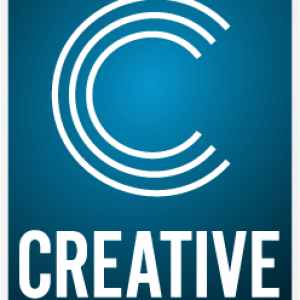I’ve been in the post-production industry for over 20 years. It’s a challenging industry, and I’m often asked how I’m still here after so many others have moved on, or into other careers. The short answer is one thing: balance. I’m dedicated to pursuing a work-life balance that allows me to continue in this industry.
While I realize “balance” is a bit of a buzzword these days, I’ve found nothing more important to my productivity, and overall sanity. Let me explain.
We’ve all had those projects where you work 20 hours a day, sleep at the office, and work yourself to the bone just to make a deadline. Yes, like many others, I did that – I did that for several years. It was pretty much in every job description. But it isn’t sustainable and will almost always lead to burnout.
So how does one achieve balance? Well, the first thing you can do is look at it as more of a journey than a goal – a journey that you sometimes have to start over again, retracing your steps from last time. The reason balance is not a goal is because even if you achieve it once, it can easily escape you again and you have to start the process again.
I don’t say this for you to get discouraged – because it definitely gets easier. But you have to keep working at it on a regular basis. Here are some of my top tips for maintaining work-life balance.
1. Define what balance means to you, and write it down
Balance means different things to different people. Do you want to spend more time with your children, work out, work on your passion projects? Or maybe you just simply want to sleep?
For me, balance means that I excel at work, but still have time to work out, learn new skills, and spend time with the family.
2. Write out your goals
Writing out your goals gives you a visual reference to look at whenever you’re feeling less-than-inspired.
Whether you write them down on a piece of paper, a whiteboard, or digitally, create your list in a place where you can see it. Personally, I use the notes section on my phone where I list my overall goals for the year, then I add events into my calendar application, then finally, I write out my goals for each day on a whiteboard. This way, whenever I finish a goal, I cross it off my list (which is oddly gratifying).
3. Take it day-by-day
Nothing is more frustrating than feeling defeated. This is a journey, and just like any journey, sometimes things don’t go as planned. Remind yourself of this often.
The biggest hurdle I had to clear was the realization that plans change. No matter how much time you plan out in your schedule, sometimes you get sick, sometimes you’re too tired. As long as I achieve my goals more often than not, that’s a win.
4. Don’t neglect your physical well-being
There are plenty of studies showing the benefits of even a moderate amount of exercise. I try to do a physical activity at least once a day, whether it’s a walk, run, bike ride, yoga, or kickboxing.
At the beginning of my journey towards balance, I had plenty of weight to lose. Even though I don’t look at the scale often, integrating any form of activity into my daily routine has been a game-changer. Not only do I feel better, I’ve also increased my productivity. Here are some of my favorite apps and/or hardware to increase activity:
- Strava (activity tracking and social sharing for running, biking, hiking, walking and even swimming)
- Couch to 4K (good app to help you get off the couch and start running)
- Apple Watch (tracks activity, and will alert you when you’ve been sitting too long)
5. Integrate learning into your weekly plans
Integrating learning into your weekly routine can help you stay relevant with your current skillset, and also grow your business as you add more skills.
Ok, I know what you’re thinking: You want me work out, write down my goals, AND learn regularly, in order to… get more work done? Wouldn’t it make more sense to just use that time for working?
If you aren’t spending time regularly learning, that time is going to need to be spent eventually. Picture this: you need to figure out how to structure some complicated keyframes to produce a certain camera effect, for a project that’s due tomorrow at 8 AM. It’s 11 PM now. Cue panic. You frantically search YouTube to figure out how to create the effect. Before you know it, two hours have been swallowed up.
Instead of doing it this way, wouldn’t it be better to spend 20 minutes per day learning, so that you have these skills in your back pocket?
I am a big proponent of integrating learning into your work life, which is why we’ve built our courses to fit in with a busy schedule. All Creative One Eleven courses are designed to be consumed in 20 to 60 minute sections. You have the flexibility to get through the course at your own pace, so that you can expand your skillset without getting overwhelmed.
The post production industry can be a bit of a wild ride sometimes, but ultimately, it’s worth it – especially when you’re able to find the ideal work-life balance. So have fun on your journey and be well!
By Ian Robinson
Co-founder and Trainer, Creative One Eleven

